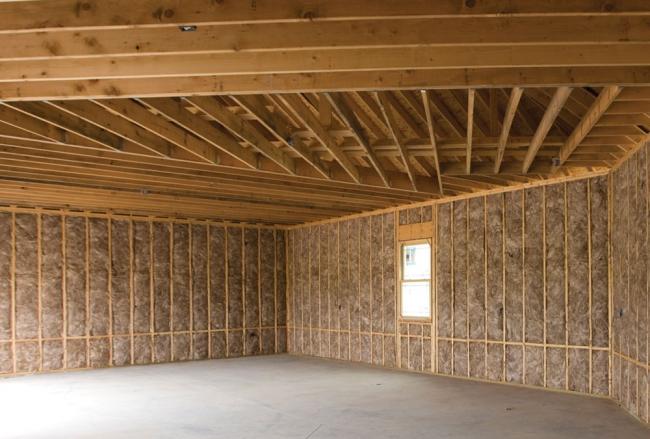The exploitation of natural resources and the increase of the price of energy further emphasizes the importance of thermal insulation of built objects as the basic way to achieve a satisfactory level of energy efficiency in combination with the optimum conditions of living in an enclosed space. Type, amount, thickness and way of installation of thermal insulation in a facility depends on its purpose, climate conditions, personal requirements and, of course, acceptable prices. It largely depends on choice of manufacturer and materials to be used.
Thermal insulation is the most important modifier of room temperature, after climate and weather conditions. Well-calculated and installed thermal insulation ensures smooth passage of water vapor through walls and facade so that an optimal amount of moisture is achieved in the object. This is important in order to prevent any mold and unwanted moisture occurrence. Once correctly and professionally set up, thermal insulation will play its role regardless of weather, climate and energy consumption conditions.
What can I do if external thermal insulation cannot be installed?
In some rare cases, when external insulation of the walls is not possible, insulation can be installed from the inside of the building. The insulation from the inside of the outer wall is usually made of stone wool with a covering of a gypsum board on a metal substructure. However, the negative side of insulating exterior walls from the inside is creating so-called “thermal bridges” on the insulation joints and non-insulated structural elements (openings, floor structures, interior walls). As a consequence, condensation and mold occur, especially in the interior corners of rooms. Internal wall insulation is recommended for rooms that are used only occasionally under condition that there is no other solution for installing insulation from the outside.
Which materials should I choose?
Materials for thermal insulation can be very different. Certainly, one of the most popular ones in the global market due to its low price and good thermal insulation properties are expanded and extruded polystyrene, more commonly known as styrofoam or EPS. However, there are lots of other materials available in the market, such as thermal insulating concrete and thermo-insulating mortars. Various elements of the building structure can be made from these materials and this is a very interesting alternative mode of insulation. Additionally, these materials can be used as a liner layers, plaster or straight layers.
Which insulation materials are gaining popularity?
Due to the increasing need to reduce the negative impact of humans on the natural environment, especially when it comes to the cities, which includes the very much developed building construction sector, materials that are gaining popularity once again are the natural ones. These are based on cork, wool, straw, wood fibers or wood wool, reeds, etc. Recently, products made of expanded clay have become very popular. Cork is still used both as sound and vibration insulation, both from the inside or the outside, which definitely increases the comfort of living in such spaces, as well as beneficial impacts on human health.



